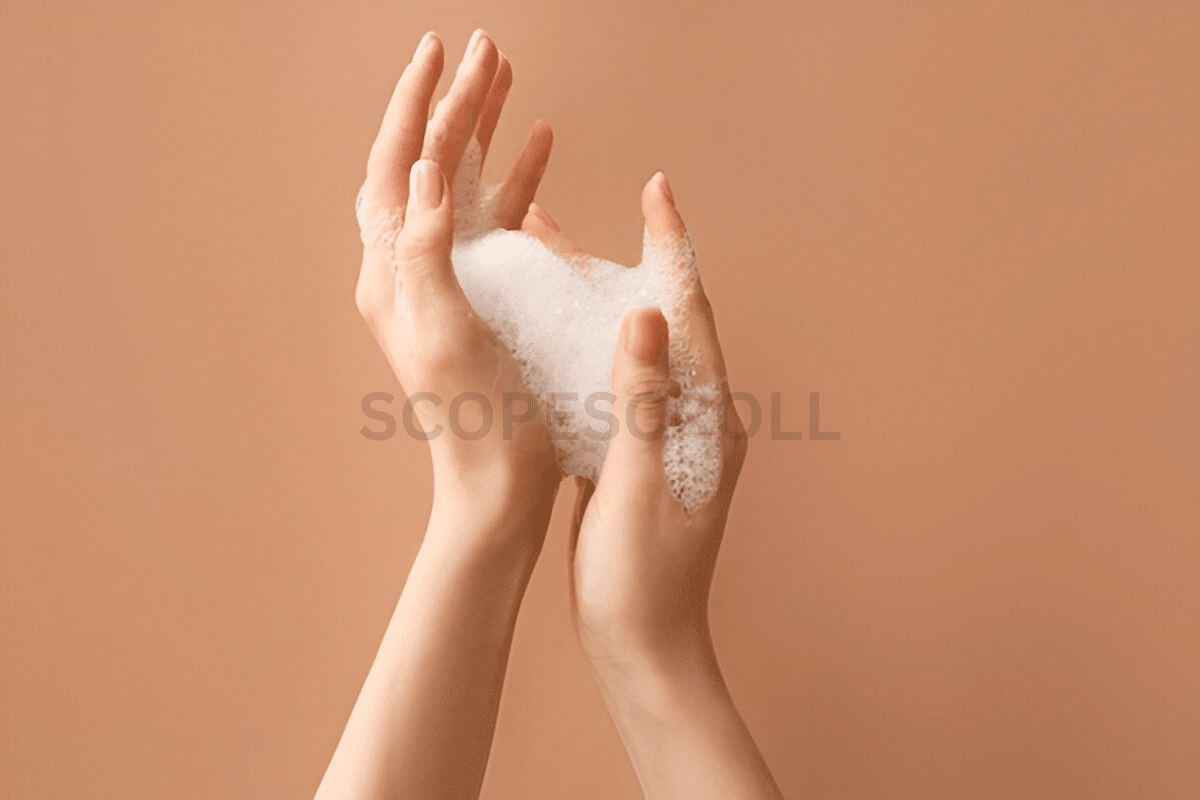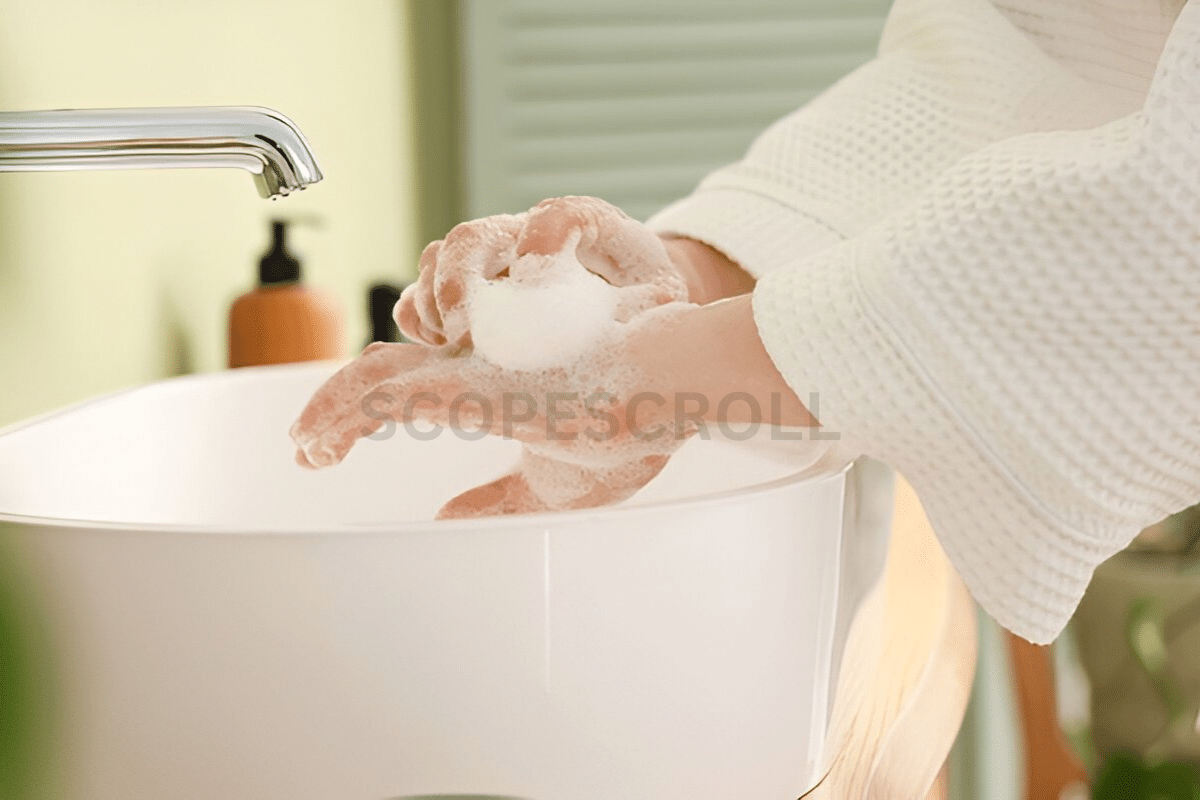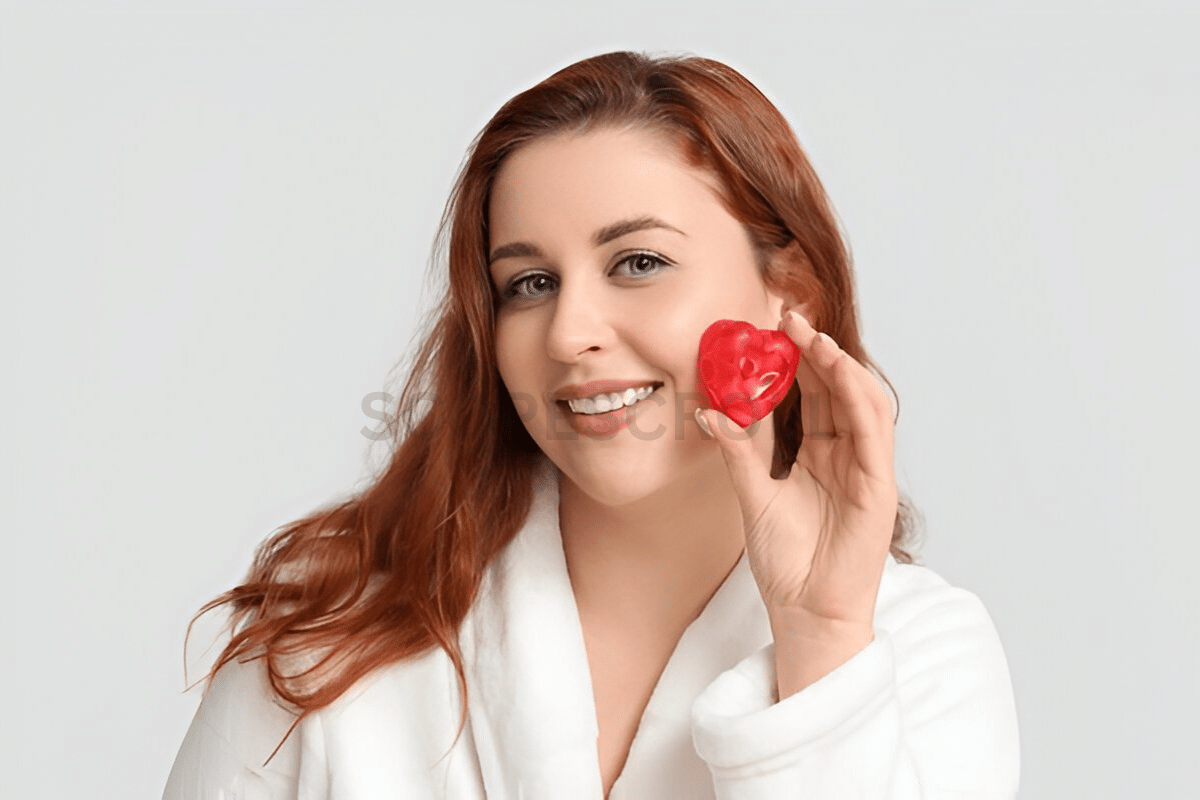Choosing the proper soap is more than relying on scent or rate—it’s about shielding your pores and skin’s health. Many business soaps incorporate harsh chemicals that can strip your pores and skin of natural oils, leading to dryness, irritation, and long-term damage. But how do you understand if your cleaning soap is genuinely skin-pleasant? The accurate news is that you don’t want a lab to check your cleaning soap’s compatibility with your pores and skin. In this blog post, we’ll guide you through understanding your pores and skin, identifying key components, and carrying out simple at-home tests to ensure your cleaning soap is safe and effective for your pores and skin.
Understanding Skin Types
Your skin type is critical in determining which cleaning soap will satisfy you. Here’s a breakdown of commonplace pores and skin sorts and their characteristics:
Oily Skin: Prone to excess sebum production, leading to shine and clogged pores. Look for soaps that are non-comedogenic and oil-free.
Dry Skin: Often feels tight, flaky, or itchy because of a lack of moisture. Opt for hydrating soaps rich in moisturizing substances like glycerin or shea butter.
Combination Skin: Features each oily and dry area, usually an oily T-region (brow, nostril, chin) and dry cheeks. A balanced, slight soap works excellently.
Sensitive Skin: Easily angry through fragrances, dyes, or harsh chemicals. Choose fragrance-free, hypoallergenic soaps designed for sensitive pores and skin.

Knowing your skin kind is step one in choosing a skin-friendly cleaning soap. Without this information, you threat the usage of products that may worsen current skin issues or cause new ones.
Key ingredients to look for when looking for soap: always test the ingredient listing. Here are some skin-pleasant components to search for:
Skin-Friendly Ingredients
Glycerin: A herbal humectant that attracts moisture into the pores and skin.
Natural Oils: Coconut, olive, and jojoba oils nourish and protect the pores and skin barrier.
Aloe Vera: Soothes irritation and presents hydration.
Oatmeal: Calms inflammation and exfoliates lightly.
Harmful Ingredients to Avoid
Sulfates: Harsh detergents like sodium lauryl sulfate (SLS) can strip the pores and skin of its natural oils.
Parabens: Preservatives linked to hormonal disruptions.
Artificial Fragrances: Common irritants for touchy pores and skin.
Triclosan: An antibacterial agent that can disrupt the pores and skin’s microbiome.

By avoiding these dangerous ingredients, you reduce the threat of irritation, dryness, and other unfavorable results on your pores and skin.
DIY Skin-Friendly Soap Testing Methods
Testing your cleaning soap at home is a simple but effective manner to determine its suitability for your skin. Here are three clean methods you could strive:
Patch Test
Step 1: Apply a small amount of cleaning soap lather to a discreet place, including the interior of your elbow or in the back of your ear.
Step 2: Leave it on for twenty-four hours without washing it off.
Step 3: Check for any redness, itching, or inflammation symptoms. If no reaction happens, the soap is always safe for broader use.
PH Level Test
Step 1: Purchase pH strips from a pharmacy or keep them online.
Step 2: Lather the cleaning soap with water and use it on the strip.
Step 3: Compare the strip’s color to the pH scale supplied. Healthy pores and skin have a pH between 4.5 and 5.5, so choose soaps inside this range.
Moisture Retention Test
Step 1: Wash one hand with the soap and leave the opposite unwashed.
Step 2: After 10 mins, look at how each hand feels. If the washed hand feels excessively dry or tight, the soap might not be appropriate for your pores and skin.
Interpreting Results
- A passing patch test suggests low infection danger.
- A pH stage between 4.5 and 5.5 ensures the soap doesn’t disrupt your pores and skin’s herbal stability.
- A cleaning soap that leaves your pores and skin feeling hydrated and comfortable is right.
Evaluating Commercial Soaps
Reading labels is essential whilst purchasing business soaps. Here’s a way to decode them successfully:
Ingredient Order: Ingredients are listed in descending order of awareness. Avoid soaps where dangerous chemical substances seem early within the listing.
Certifications: Look for certifications like “USDA Organic,” “EWG Verified,” or “Dermatologist Tested” for added assurance.
Trusted Brands: Brands like Dr. Bronner’s, Cetaphil, and Dove offer mild, pores and skin-pleasant alternatives.
Personalizing Your Soap Choice
Different pores and skin worries require tailored answers. Here’s the way to choose the proper cleaning soap based on your desires:
Acne-Prone Skin: Use soaps with salicylic acid or tea tree oil to combat breakouts.
Eczema: Opt for perfume-loose, hypoallergenic soaps with colloidal oatmeal.
Allergies: Stick to herbal, unscented soaps loose from artificial components.
Consider making your cleaning soap at home for those searching for final control. Natural, self-made soaps can help you customize components and avoid dangerous chemical substances.
The Role of pH in Skin Health
Your skin’s natural pH balance is crucial for maintaining its shielding barrier. When this balance is disrupted, it may cause dryness, pimples, and infections. Most soaps are alkaline; skin-pleasant soaps must have a barely acidic pH (4.5–5.5) to suit your skin’s natural kingdom.
To test and select pH-balanced soaps:
- Use pH strips as described earlier.
- Look for soaps categorized as “pH-balanced” or “mild.”
- Avoid strongly scented or closely foaming soaps that are often alkaline.
Conclusion
Choosing a pores and skin-pleasant cleaning soap is an investment for your pores and skin’s fitness. By understanding your pores and skin kind, reading labels cautiously, and undertaking easy at-domestic exams, you may ensure your cleaning soap helps instead of harms your skin. Remember, your skin deserves the quality care feasible—don’t accept something much less than a soap that passes the skin-pleasant check.
Have you attempted to try out your cleaning soap at home? Share your stories and pointers in the feedback below—we’d love to hear what you labored for!
Did you enjoy this post?
👉 Share it with someone who might need it.
👉 Subscribe to ScopeScroll.com for more mindful living tips.







